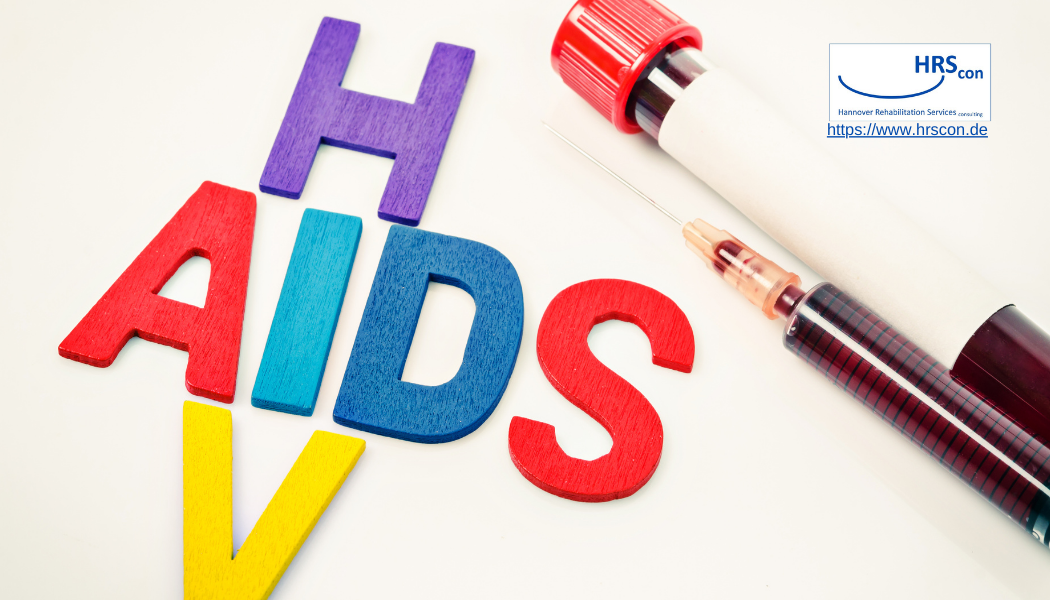In a significant advancement in the fight against viral infections, recent research has highlighted the potential of microwave irradiation as an effective method to reduce the transmission of Hepatitis C virus (HCV) and human immunodeficiency virus (HIV-1) among people who inject drugs (PWID). This development addresses a critical global health challenge by offering a universally applicable inactivation procedure that could drastically lower the risk of viral transmission in this vulnerable population.
The Global Challenge of HCV and HIV-1 Among PWID
HCV and HIV-1 infections continue to pose severe public health challenges worldwide, especially among PWID. These individuals are at high risk of contracting and spreading these blood-borne viruses due to practices such as sharing needles and other drug preparation equipment. The dual epidemic of HCV and HIV-1 in this group leads to significant morbidity and mortality, necessitating urgent and effective intervention strategies.
Microwave Irradiation: A Promising Solution
The study aimed to analyze the efficacy of microwave irradiation in inactivating HCV and HIV-1. Researchers exposed various genotypes of HCV to microwave irradiation and observed a significant reduction in viral infectivity. This outcome is promising as it suggests that microwave irradiation can be an effective tool in reducing the transmission of HCV across different genotypes.
Moreover, the study demonstrated that microwave irradiation not only reduced the infectivity of HCV but also HIV-1. This dual effectiveness indicates that microwave irradiation could be particularly useful in preventing co-infections, which are common among PWID. The ability to inactivate both viruses with a single method enhances the practical application of this technology in real-world settings.
Practical Applications in Drug Preparation Equipment
One of the critical aspects of the study was to translate the laboratory findings into practical applications. The researchers investigated the impact of microwave irradiation on drug preparation equipment commonly used by PWID, such as syringes and filters. The results were compelling: microwave irradiation effectively abrogated the infectivity of both HCV and HIV-1 in these tools.
This finding is crucial for several reasons. First, it provides a feasible and straightforward method to decontaminate equipment that PWID use, thereby reducing the risk of transmission. Second, it offers a practical harm reduction strategy that can be easily implemented in various settings, including clinics, harm reduction centers, and even in-home environments where drug use occurs.
Implications for Public Health and Harm Reduction Strategies
The establishment of microwave irradiation as a safety strategy has the potential to revolutionize harm reduction approaches for PWID. By incorporating this method into routine practice, health organizations and policymakers can significantly mitigate the transmission of blood-borne viruses. This could lead to a decrease in the incidence of HCV and HIV-1 infections, ultimately improving the health outcomes for PWID and reducing the burden on healthcare systems.
Furthermore, the accessibility of microwave ovens in many parts of the world makes this intervention cost-effective and scalable. Unlike other sterilization methods that might require specialized equipment or chemicals, microwave irradiation leverages a common household appliance, making it a practical option for widespread use.
Future Directions and Research
While the study’s findings are promising, further research is necessary to optimize the microwave irradiation protocols and ensure their effectiveness across different settings and conditions. Future studies could focus on determining the optimal duration and intensity of microwave exposure needed to achieve complete viral inactivation without compromising the integrity of drug preparation equipment.
Additionally, it would be beneficial to explore the feasibility of integrating microwave irradiation into existing harm reduction programs. Pilot programs could be initiated in various regions to assess the practical challenges and outcomes of implementing this technology on a larger scale. These studies could provide valuable data on the acceptability, effectiveness, and cost-efficiency of microwave irradiation in diverse real-world environments.
Conclusion
The introduction of microwave irradiation as a method to reduce the transmission of HCV and HIV-1 among PWID marks a significant milestone in public health. This innovative approach offers a safe, effective, and accessible means to combat the spread of these viruses, addressing a critical need in harm reduction strategies. By continuing to explore and refine this technology, we can move closer to a future where the transmission of blood-borne viruses is significantly curtailed, improving the lives of millions around the world.
The findings of this study underscore the importance of interdisciplinary research and innovation in addressing global health challenges. As we advance our understanding and application of such technologies, the potential for transformative impact on public health continues to grow, offering hope for a healthier and safer world for all.

